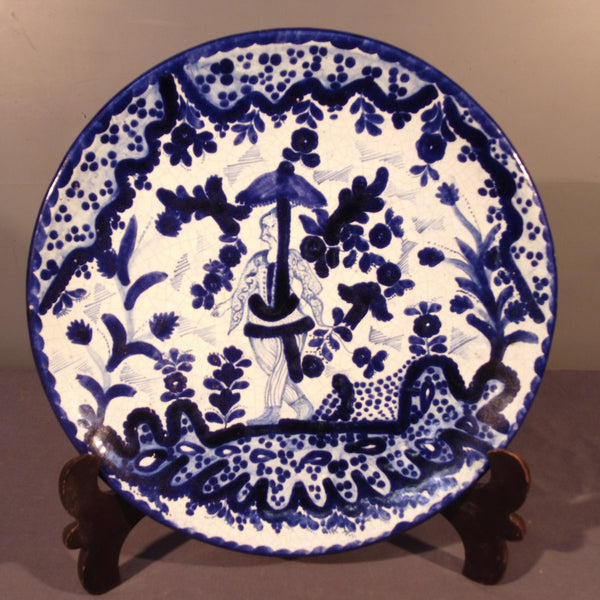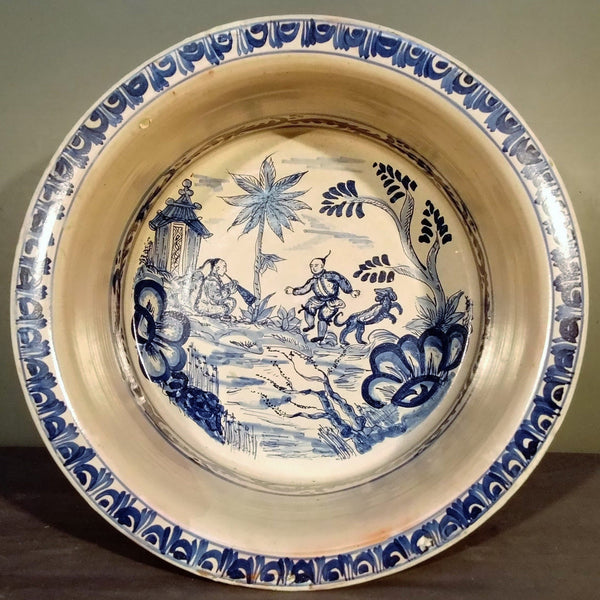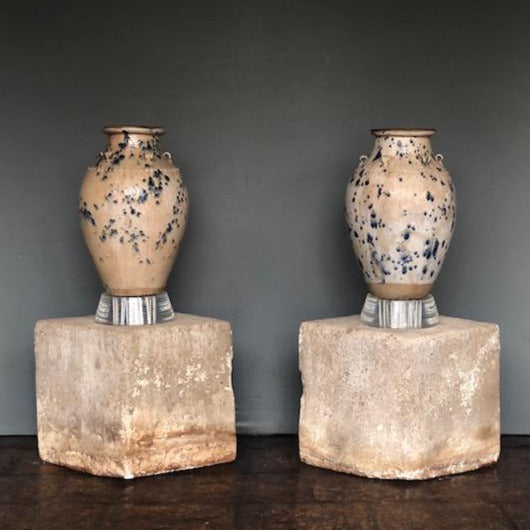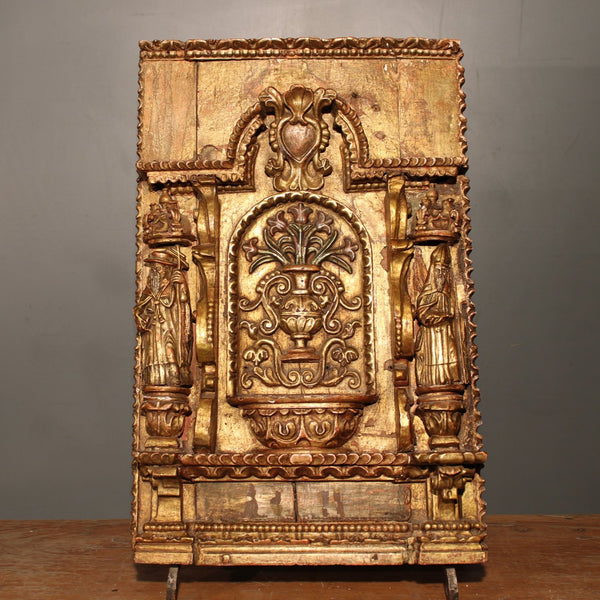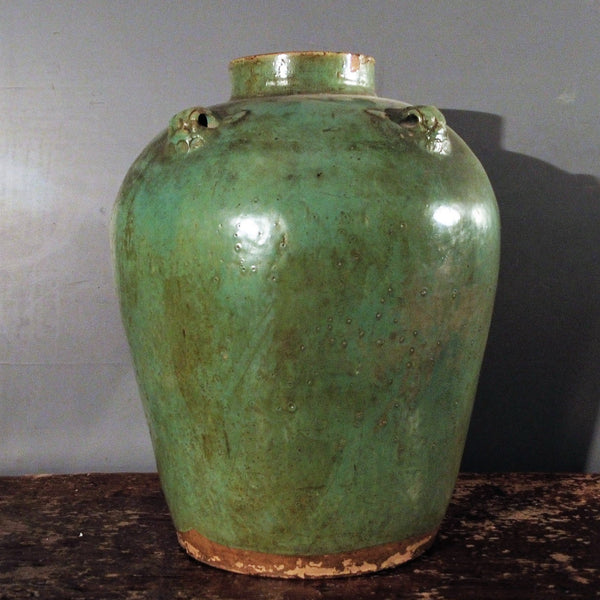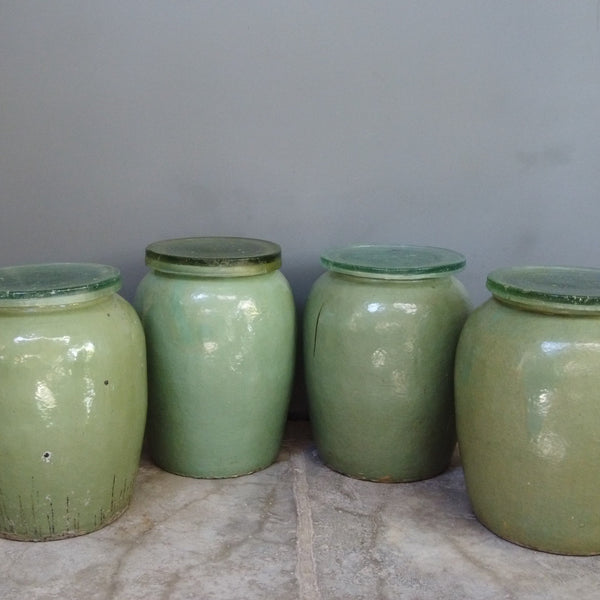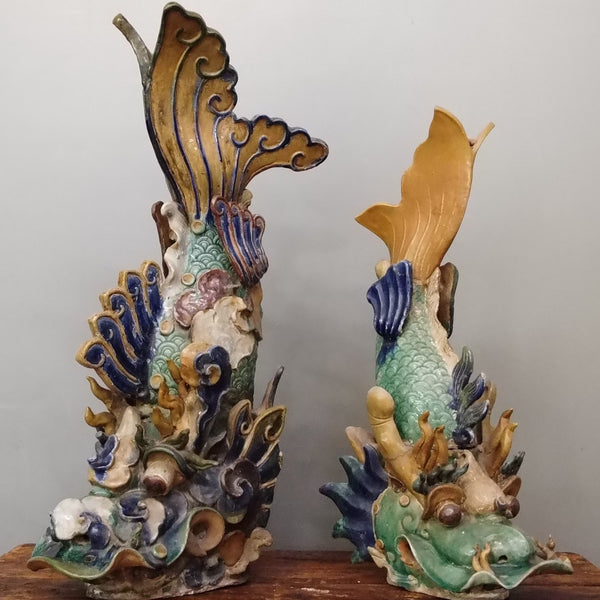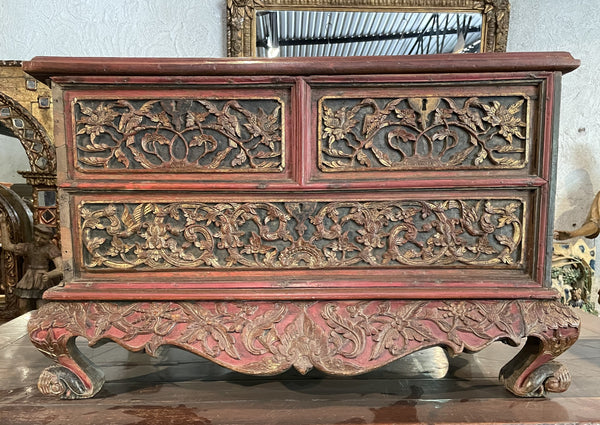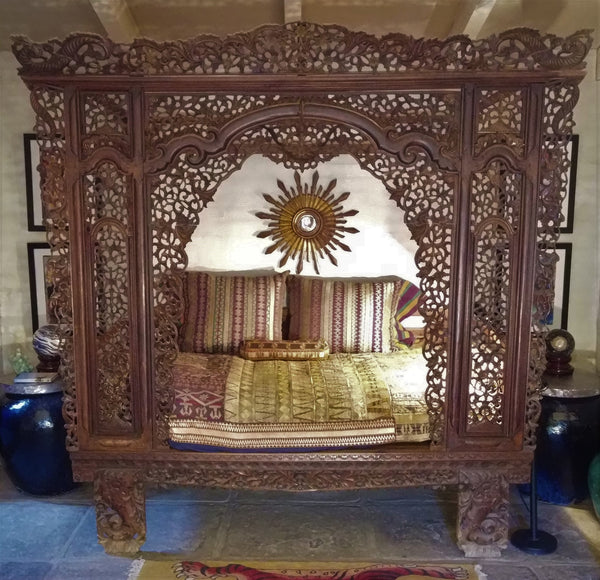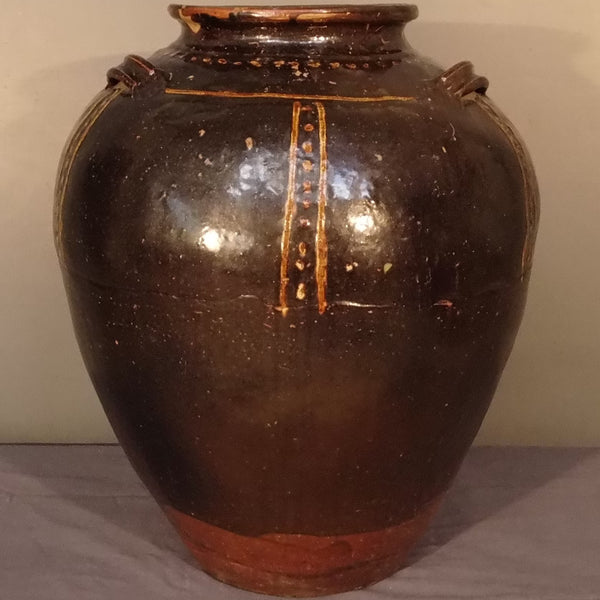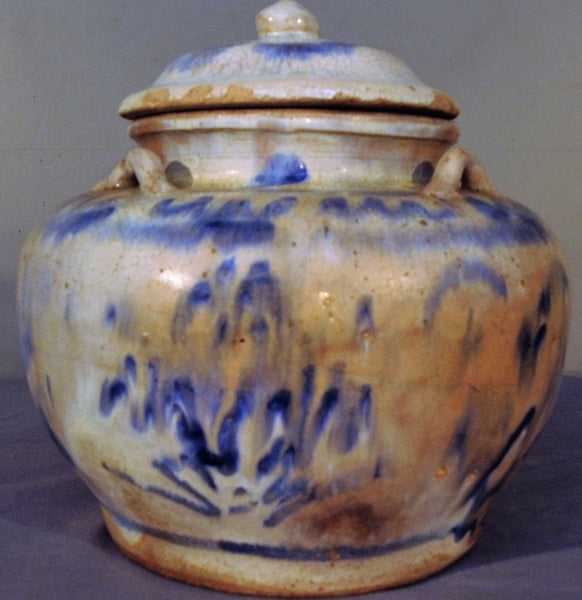Acapulco Trade/ Manila Galleon Style
By the third quarter of the 16th century, the colonization of the important parts of Mexico and South America was in full swing. However still fledgling, the colonies were being developed with grand architecture and interiors. New trade routes with new ideas and merchandise were needed to bolster the economy of the Americas, as well as that of Europe. Global exploration had revealed previously unknown/undiscovered civilizations, and so the Manila Galleon/Acapulco Trade came into being. Between 1585 and 1820, giant galleons laden with silver, gold, furniture, religious art, and artisans from the Americas left from Acapulco Bay for Manila Bay to seek out merchants in Asia. The Chinese junks would anchor in Manila Bay until the Manila galleons arrived and a month-long “Trade fair” would take place. Boats also arrived from the Portuguese and Dutch colonies in Indonesia and Malaysia, from Japan, and from as far away as India.
After a robust month of trade, the galleons would depart for the return trip to Acapulco Bay where they would engage in another month-long trade fair, this time with merchants arriving from Peru, the Caribbean, Spain, and Portugal. Mexican merchants shipped the luxurious items overland into the populated center of Mexico’s Altiplano. Peru sent a shipment home, and the European merchants sent the previously known and exotic luxuries overland to Veracruz and then on to the Caribbean and Europe by sea.
This Acapulco-Manila trade revived the economy of Europe after the renaissance and stimulated the economies of the Americas and Asia. This globalization not only had an economic effect but also generated an exciting exchange of novel ideas, customs, and mutual influence in the design of furniture, decorative art, and religious iconology.


